MAY 18 to MAY 24
If you wanted a smoke in 1947, you would likely choose “Bananas,” the filterless, state-produced cigarette that made up for 86 percent of total sales that year. Or you might hit up one of the ubiquitous contraband vendors and pray not to be caught by the armed Taiwan Tobacco and Liquor Monopoly Bureau (TTL) agents.
These are the agents whose mistreatment of a Taiwanese elderly lady suspected of selling illegal cigarettes triggered the 228 Incident, an anti-government uprising that was violently suppressed. Their Japanese predecessors seemed to be even more brutal. In September 1930, agents interrogated over 100 villagers living in Hsinchu County’s Hukou Township (湖口) after hearing rumors of illegal distilling. The torture was so harsh that even the local police reportedly tried to interfere.
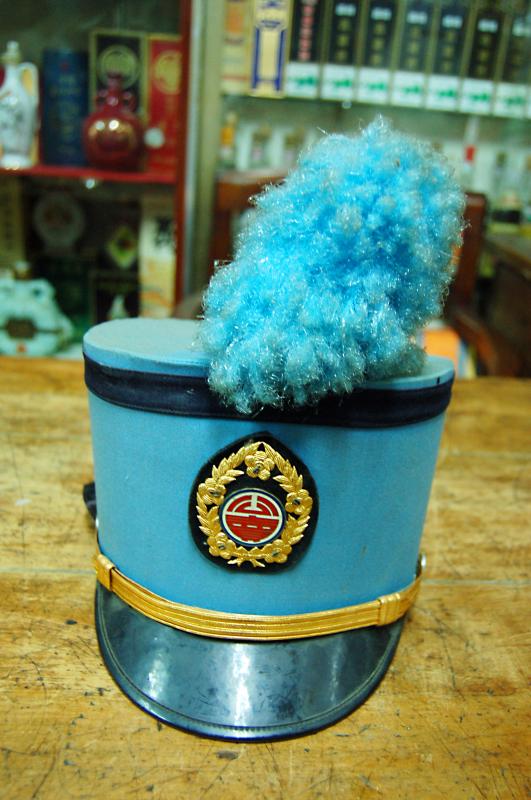
Photo : Photo: Chen Hsin-jen, Taipei Times
Under pressure to generate revenue from their new colony, the Japanese first monopolized opium, camphor and salt before turning to tobacco in 1905 and liquor in 1922. Arriving in 1945, the Chinese Nationalist Party (KMT) continued the policy over both items through the TTL, which was reorganized in May 1947. They renamed all the products to eradicate any trace of Japanese influence (Banana was originally named Akebono), and kept private production illegal until 2002.
COLONIAL FINANCES
Taiwan was mostly an agrarian society when the Japanese arrived in 1895. The colonial forces encountered way more resistance than they had expected, and Taiwan’s economy fell into a slump as revolts continued to flare up. Many Japanese politicians started questioning the financial value of owning Taiwan; one Diet member suggested selling Taiwan to France for $100 million yen.
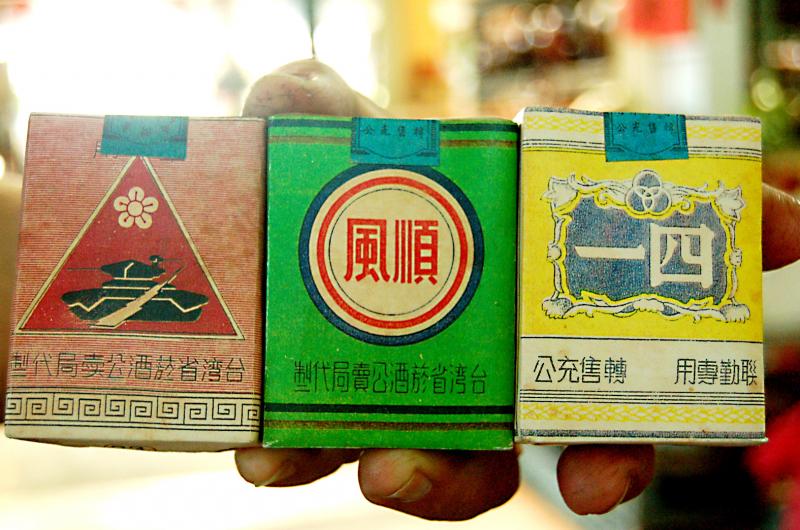
Photo: Chang Jui-chen, Taipei Times
With no means of generating revenue outside of agriculture, the Japanese decided on the state-monopoly system, which Tadao Yanaihara writes in Taiwan Under Imperialism “is typical for colonies and boosted Taiwan’s economic independence in many ways.”
The first monopolized industry in Taiwan was opium. It was widely consumed when the Japanese arrived, and officials debated between gradually eradicating the habit or banning it outright. The former camp prevailed, and the state took control of the industry in 1897.
Salt and camphor followed, and the government set up a monopoly bureau to manage the three industries. After adding tobacco and liquor, the monopoly became extremely lucrative, averaging about 40 percent of the colony’s total revenue for the next two decades.
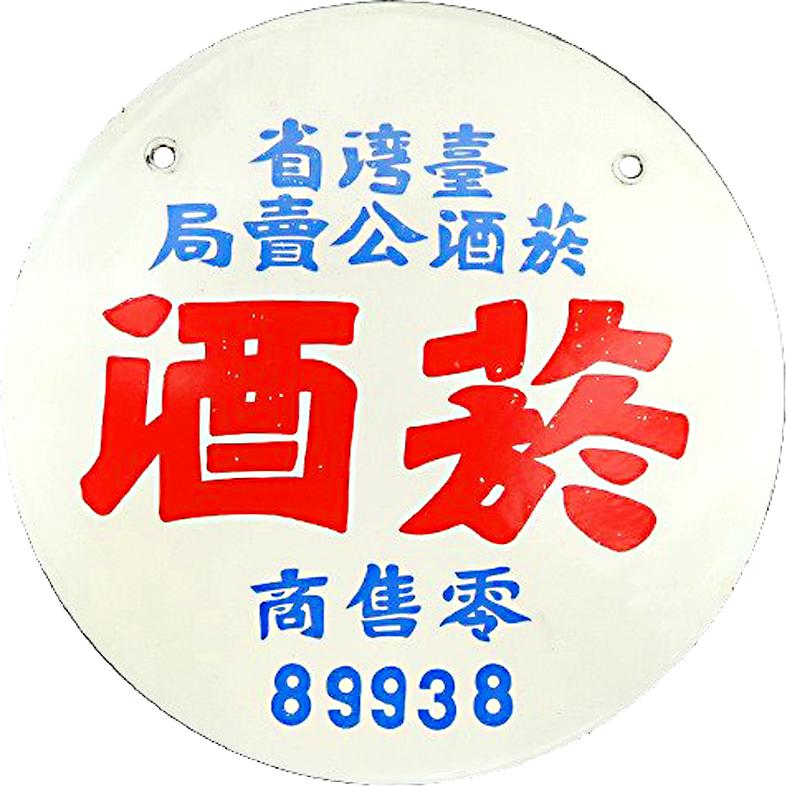
Photo courtesy of Wikimedia Commons
Tobacco had been grown in Taiwan at least since the 1600s. Initially, the Japanese tried to impose heavy taxes on tobacco farmers, but that only led to a sharp decline in the industry — so they ended up monopolizing the trade as well. There wasn’t much of a liquor industry to speak of when the Japanese arrived, as alcoholic beverages were seen as one of many community-based agricultural products. Still seeking revenue streams, the colonial authorities began taxing liquor producers in 1907. They then overhauled the entire business for mass market production and provided needed infrastructure and training.
Feeling the effects of the post-World War I depression, the authorities in 1922 nationalized the liquor industry, shutting down over 200 businesses and banning private brewing. Licenses for distributors and vendors were extremely valuable, and corruption was reportedly rife as merchants vied for the privilege. Most of them lived under the thumb of the monopoly bureau, who could use all sorts of excuses to revoke their licenses.
The colony’s liquor-producing facilities were badly damaged by Allied airstrikes across Taiwan during World War II, and production dropped dramatically before Japan’s defeat in August 1945.
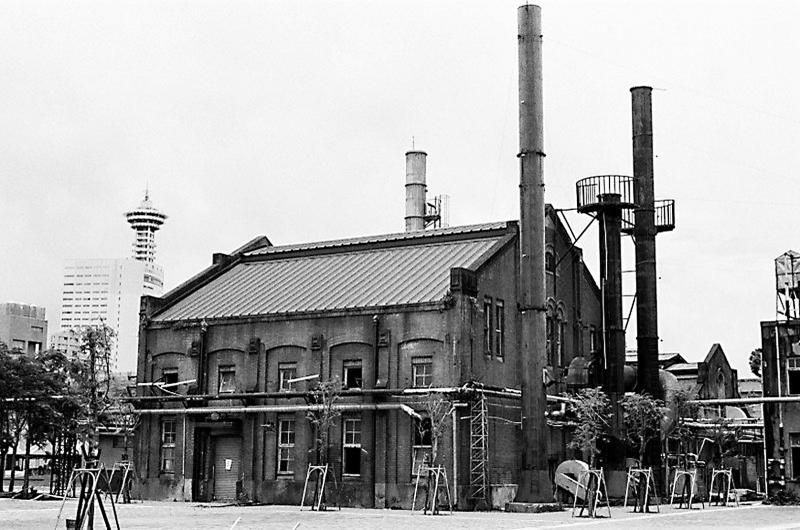
Photo courtesy of Wikimedia Commons
CONTINUING OLD WAYS
The KMT continued the state monopoly on tobacco and liquor shortly after its arrival in 1945. It was declared during a 1946 Taiwan Provincial Assembly meeting that the state should keep the monopoly to maintain the economy.
“The new government had yet to find an alternate source of income, so it decided against abolishing the monopoly to avoid disrupting Taiwan’s economic stability and development,” a monopoly bureau annal states.
Of course, the KMT also needed funds to fight the Chinese Civil War and later to support the influx of refugees from China after 1949. Since opium was illegal under the KMT and salt was managed by another agency, the monopoly bureau was left with tobacco, alcohol, matches, measurement weights and camphor.
In May 1947, the bureau took on the name Taiwan Tobacco and Liquor Monopoly Bureau after dropping the matches and weights. They changed the Chinese name from zhuanmaiju (專賣局) to gongmaiju (公賣局), both of which mean monopoly bureau but the officials thought the latter term was “softer” and would ease public resentment.
Illegal activity continued to plague the venture until March 1950, when the Taiwan Garrison Command established task forces in Taipei, Taichung and Kaoshiung to clamp down on the contraband market.
The government took over the 12 breweries and distilleries the Japanese left behind, but only two had escaped the war unscathed. They reactivated what they could and started with the same products that the Japanese made, rebranding them to erase the Japanese influence. Takasago Beer, for example, was renamed Taiwan Beer, but it didn’t acquire its current flavor until Taiwanese ponlai rice was added to the brew in the 1960s.
Only when the economy stabilized did the TTL start diversifying into items like rice liquors and shaoxing wine. Things started slowly with quite a few mishaps, but the monopoly bureau reached its highest point in 1962 when it provided 27 percent of the nation’s total income.
Taiwan in Time, a column about Taiwan’s history that is published every Sunday, spotlights important or interesting events around the nation that have anniversaries this week.

April 7 to April 13 After spending over two years with the Republic of China (ROC) Army, A-Mei (阿美) boarded a ship in April 1947 bound for Taiwan. But instead of walking on board with his comrades, his roughly 5-tonne body was lifted using a cargo net. He wasn’t the only elephant; A-Lan (阿蘭) and A-Pei (阿沛) were also on board. The trio had been through hell since they’d been captured by the Japanese Army in Myanmar to transport supplies during World War II. The pachyderms were seized by the ROC New 1st Army’s 30th Division in January 1945, serving

The People’s Republic of China (PRC) last week offered us a glimpse of the violence it plans against Taiwan, with two days of blockade drills conducted around the nation and live-fire exercises not far away in the East China Sea. The PRC said it had practiced hitting “simulated targets of key ports and energy facilities.” Taiwan confirmed on Thursday that PRC Coast Guard ships were directed by the its Eastern Theater Command, meaning that they are assumed to be military assets in a confrontation. Because of this, the number of assets available to the PRC navy is far, far bigger

The 1990s were a turbulent time for the Chinese Nationalist Party’s (KMT) patronage factions. For a look at how they formed, check out the March 2 “Deep Dives.” In the boom years of the 1980s and 1990s the factions amassed fortunes from corruption, access to the levers of local government and prime access to property. They also moved into industries like construction and the gravel business, devastating river ecosystems while the governments they controlled looked the other way. By this period, the factions had largely carved out geographical feifdoms in the local jurisdictions the national KMT restrained them to. For example,
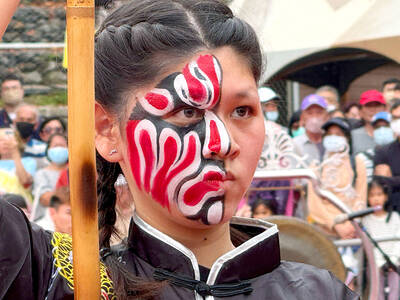
Shunxian Temple (順賢宮) is luxurious. Massive, exquisitely ornamented, in pristine condition and yet varnished by the passing of time. General manager Huang Wen-jeng (黃文正) points to a ceiling in a little anteroom: a splendid painting of a tiger stares at us from above. Wherever you walk, his eyes seem riveted on you. “When you pray or when you tribute money, he is still there, looking at you,” he says. But the tiger isn’t threatening — indeed, it’s there to protect locals. Not that they may need it because Neimen District (內門) in Kaohsiung has a martial tradition dating back centuries. On